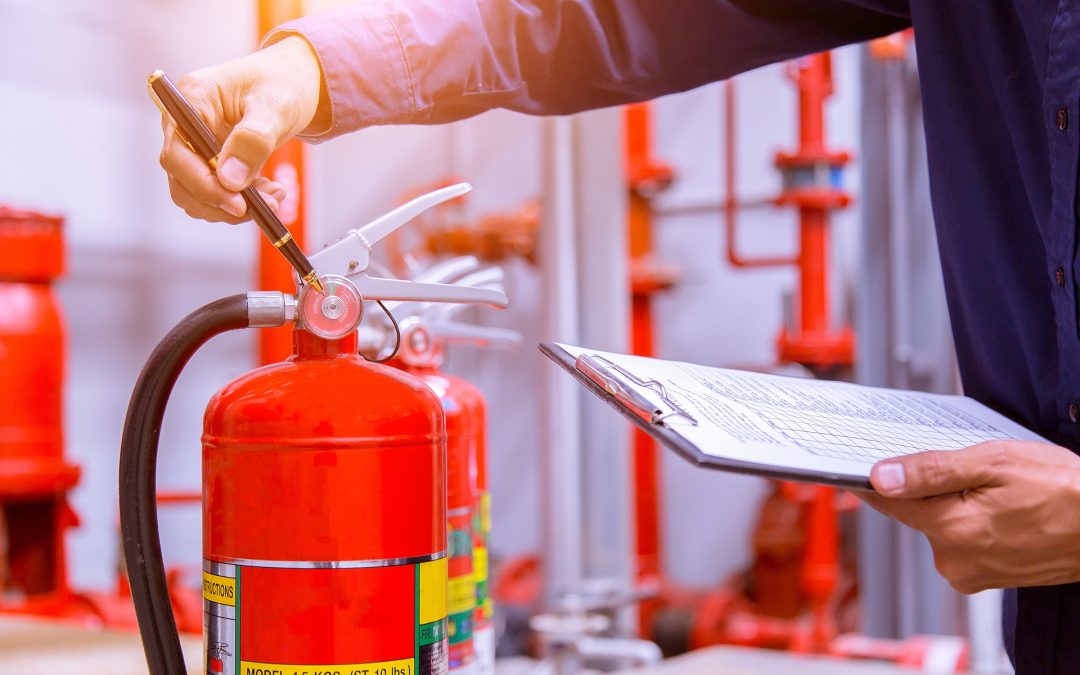A fire risk assessment isn’t just a legal requirement. It’s a crucial part of protecting lives and property. Yet, many businesses overlook key details or cut corners, which leads to serious safety risks and legal consequences.
Whether you run a small shop or manage a large facility, avoiding errors in your fire risk assessment in Bristol is vital. Here’s a look at the most common mistakes people make and how to avoid them.
Overlooking Fire Hazards That Appear Minor
Many people only focus on obvious fire risks, ignoring the small issues that often trigger emergencies. These small hazards can build up over time, especially in overlooked areas.
Watch out for:
- Blocked or cluttered fire exits
- Overloaded extension leads and power sockets
- Poor storage of flammable materials
- Lack of signage in low-visibility areas
- Equipment placed too close to heat sources
Even one small oversight can quickly escalate into a serious situation. That’s why reviewing every part of your premises matters.
Using Inadequate or Outdated Documentation
One of the biggest errors involves relying on outdated or generic reports. A fire risk assessment must reflect your current layout, equipment, and staff structure.
Here’s what often goes wrong:
- Using templates that don’t suit your premises
- Skipping reassessments after renovations or expansions
- Failing to record recent incidents or near-misses
- Not updating after staff changes or policy updates
Outdated documentation won’t hold up during inspections, and it definitely won’t protect your team during an emergency.
Failing to Assign Clear Fire Safety Responsibilities
Appointing a responsible person is just the first step. Every workplace must have clear roles and trained staff to ensure smooth action during a fire.
Many businesses run into problems like:
- No designated fire marshals
- Lack of evacuation training for employees
- Confusion over who maintains extinguishers or alarms
- No one is checking emergency lighting or signage
Also Read This Blog: How Often Should You Schedule a Fire Risk Assessment?
Ignoring Regular Review and Maintenance
A fire risk assessment isn’t a once-and-done task. Businesses must review, test, and update their safety measures regularly.
Make sure to:
- Schedule annual fire safety assessments
- Test alarms and detectors monthly
- Maintain and recharge extinguishers
- Inspect emergency lighting
- Update evacuation plans after any change
Underestimating the Value of Professional Assessment
Some businesses try to cut costs by handling assessments themselves. But without the right training, it’s easy to miss important risks.
When assessments lack professional input:
- Hazards may go unnoticed
- Reports may miss legal compliance details
- Emergency plans may be incomplete
- Insurers may reject claims if the assessment is inadequate
Working with experts ensures a thorough review of your property. A qualified fire risk assessor brings experience, legal knowledge, and a trained eye. Don’t underestimate the value of that insight in your next fire risk assessment.
Also Read This Blog: Smart Surveillance: Preventing Crime In the Workspace With Modern CCTV Installations
Avoiding these common mistakes helps protect your property, staff, and visitors from preventable dangers. A proper fire risk assessment in Bristol or any other location demands clarity, updates, training, and professional guidance.
If you’re unsure where to begin or want expert advice tailored to your premises, consider speaking with our specialists at Radcliffe Fire Protection Ltd. We offer detailed and legally compliant assessments that give you confidence and peace of mind.
